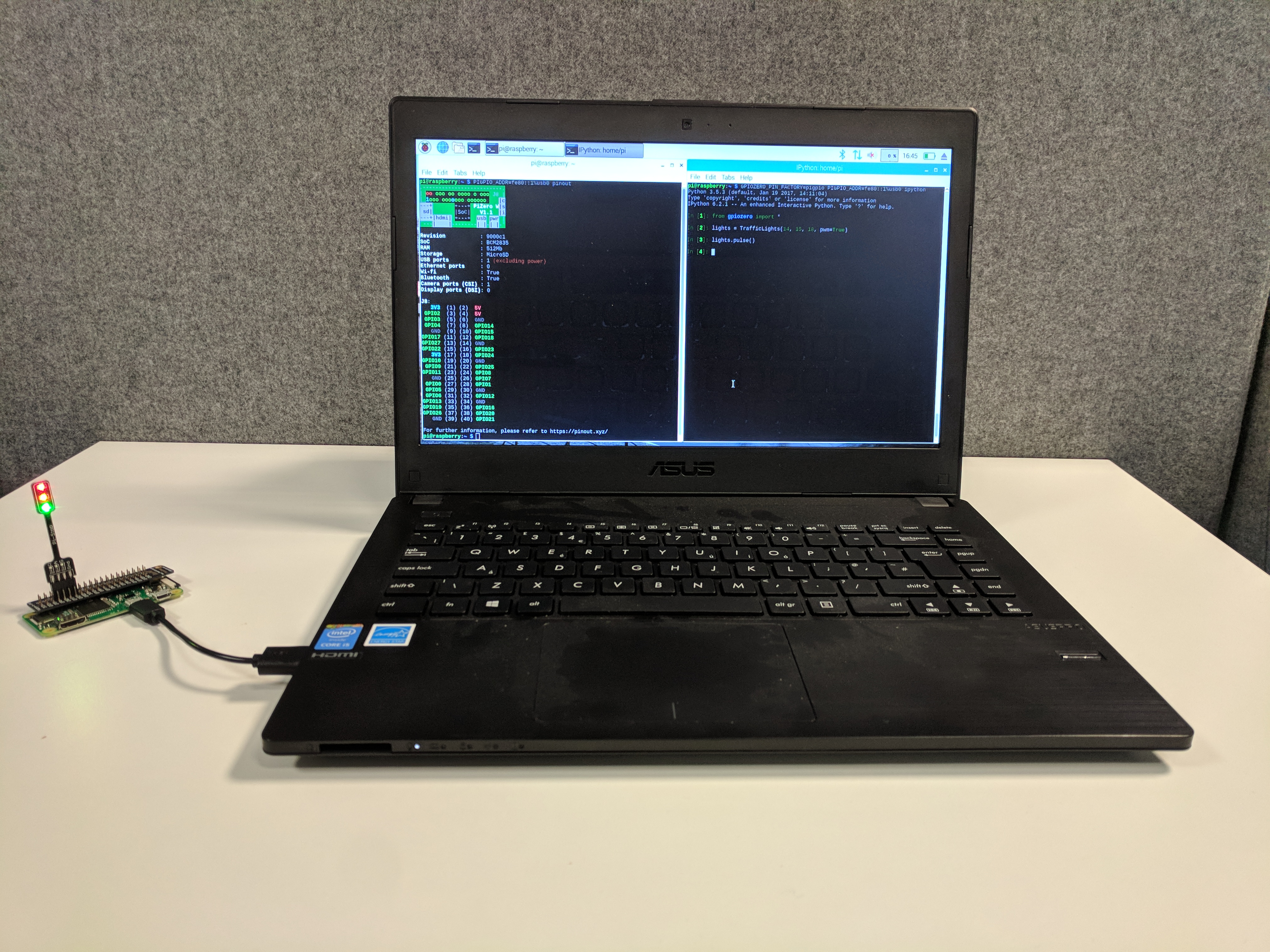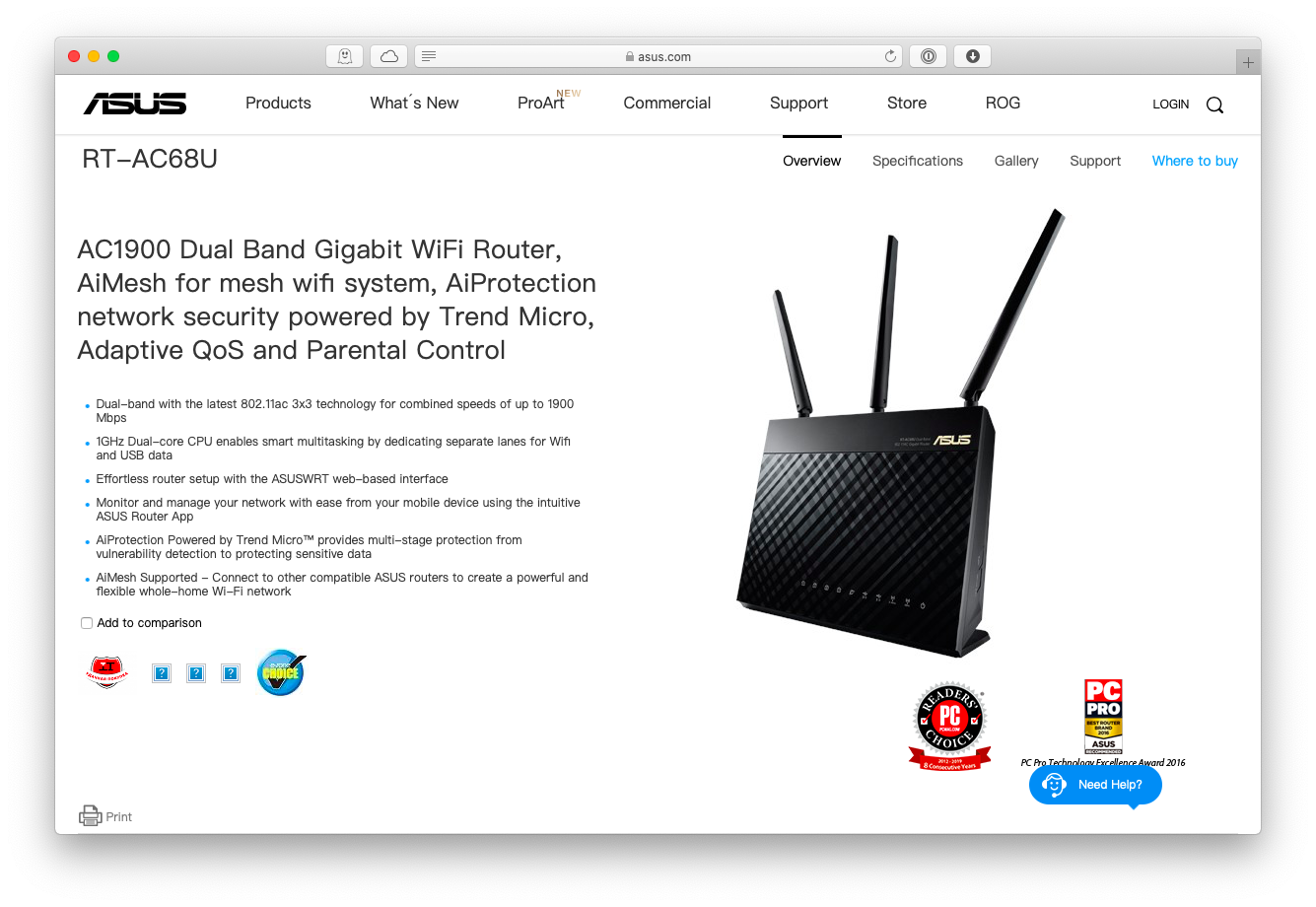Router For Mac To Pc
Maybe your router lists connected devices by their MAC address and you'd like to figure out which device is which. Or there's a chance you'll need to know your PC's MAC address to diagnose. Download ASUS Router PC for free at BrowserCam. ASUSTeK Computer inc. Published the ASUS Router App for Android operating system mobile devices, but it is possible to download and install ASUS Router for PC or Computer with operating systems such as Windows 7, 8, 8.1, 10 and Mac.

If you are searching for the best wireless router for your Mac, you have come to the right page. In this Techspirited article, we will take a look at some of the best Mac-compatible routers available in the market presently.
Since their introduction back in 1984, Macintosh computers have always been a class apart from the rest of the competition. Apple’s Macintosh (Mac for short) brand is unique in many aspects. It is perhaps the only branded PC with its own exclusive operating system (Mac OS X). Everything about a Mac is custom-made. So when it comes to wireless networking connectivity, you have to look for a wireless router that is specially designed for it.
Would you like to write for us? Well, we're looking for good writers who want to spread the word. Get in touch with us and we'll talk...
Wireless Router Buying Guide
The prime features to look out for when deciding on a router are its data transmission speed, and the maximum range of connectivity that it offers. Both are decided by the wireless networking standards that the router uses.
It is advisable to opt for a wireless routers that is built according to the 802.11n standard, as it comprises some of the fastest routers in the business. They offer raw transmission speeds up to 600 Mbps. Dual band transmission is another feature to look out for as it means that your router can transmit on two frequencies, further boosting the connection speed.
When choosing a router for home or office use, you would also want it to have Ethernet connector ports for wired Internet access. The other important factor to look out for is wireless security in the form of WPA2 encryption and a firewall.
Best Wireless Routers for Mac
Compatibility with Mac and its hardware specifications and OS, is an essential prerequisite for any wireless router that you choose. The routers listed below are not exactly the best in the market, but they work best with Macs. It should come as no surprise that three out of the following four are manufactured by Apple computers itself.
Apple AirPort Extreme
If you are looking for perfect compatibility with your Macbook Pro, then go for the Apple AirPort Extreme. It has all the features that you need which is not surprising as it comes from the Apple pedigree. With dual-band transmission, 802.11n based connectivity, three Ethernet ports and built-in network security features, it is one of the best routers for Macbook Pro, and an excellent choice for home installation. It comes with a price tag of roughly $164.
Apple Time Capsule MC343LL/A 1TB
A bit more expensive than Apple Airport Extreme, the Apple Time Capsule has all the same features and is priced at $275. It costs more because of the internal 1 Terabyte hard drive that it is supplied with, which works in tandem with the Time Machine backup utility present in the Mac OS. This essentially makes it a router cum backup storage device.
Apple AirPort Express
If you are looking for a low-budget choice, Apple AirPort Express may be the right one for you. With a price tag of around $96, the Express is designed specifically for home usage. It supports 10 simultaneous connections, dual-band transmission, and conforms to the 802.11n standard. It is an excellent choice for the low-budget user.
Linksys WRT400N Double-N Performance Wireless Router
The only third party product in this list, the Linksys WRT400N has it all, and makes for a close competitor to the Apple Airport Extreme. It uses dual-band Wireless-N technology, and comes with full WPA2 encryption, while conforming with the 802.11n standard. All that you would need from a router, comes packed in this product, which could be yours for about $134.
Would you like to write for us? Well, we're looking for good writers who want to spread the word. Get in touch with us and we'll talk...
This list should prove helpful in narrowing down the choices for the perfect router for your Mac computer. Remember to choose that product which exactly suits your requirements as well as your budget.
Best Wireless Router For Mac
Related Posts
- Boosting Wireless Router Signal Strength
There are many ways to boost the signal strength of a wireless router, and all of them are very easy and economical to administer. These methods will speed up your…
- Fastest Wireless Router
Analyzing your needs and the specifications of various wireless routers will help you buy the fastest wireless router. Here is a simple, straightforward guide to selecting the fastest Wi-Fi router…
- Wireless Router Reviews
Wireless routers are the primary components of any wireless network. In this article, you will find reviews of the four best wireless routers on offer.
If you've followed the steps to connect your Mac to a Wi-Fi network, but the connection to your network or the Internet isn't reliable, the steps in this article might help.
Check for Wi-Fi recommendations
When your Mac tries to connect to a Wi-Fi network, it checks for issues that affect its ability to create a fast, stable, and secure connection. If an issue is detected, the Wi-Fi status menu in the menu bar shows a new item: Wi-Fi Recommendations. Choose it to see recommended solutions.
Wi-Fi recommendations are available in macOS Sierra or later.
Analyze your wireless environment
Your Mac can use Wireless Diagnostics to perform additional analysis.
- Quit any apps that are open, and connect to your Wi-Fi network, if possible.
- Press and hold Option (Alt) ⌥ key, then choose Open Wireless Diagnostics from the Wi-Fi status menu .
- Enter your administrator name and password when prompted.
Wireless Diagnostics begins analyzing your wireless environment:
If the issue is intermittent, you can choose to monitor your Wi-Fi connection:
When you're ready to see recommendations, continue to the summary. Wireless Diagnostics asks for optional information about your base station or other router, so that it can include that in the report it saves to your Mac.
Click the info button next to each item in the summary to see details about that item. Wi-Fi best practices are tips that apply to most Wi-Fi networks.
Review Of Routers For Mac
Back up or make note of your network or router settings before changing them based on these recommendations—in case you need to use those settings again.
Monitor your Wi-Fi connection
Your Mac can monitor your Wi-Fi connection for intermittent issues, such as dropped connections. Follow the steps to analyze your wireless environment, but choose ”Monitor my Wi-Fi connection” when prompted.

During monitoring, a window shows that monitoring is in progress. Monitoring continues as long as this window is open and you're on the same Wi-Fi network, even when your Mac is asleep.
If Wireless Diagnostics finds an issue, it stops monitoring and shows a brief description of the issue. You can then resume monitoring or continue to the summary for details and recommendations.
Create a diagnostics report
Wireless Diagnostics automatically saves a diagnostics report before it displays its summary. You can create the same report at any time: press and hold the Option key, then choose Create Diagnostics Report from the Wi-Fi status menu . It can take your Mac several minutes to create the report.
- macOS Sierra and later saves the report to the /var/tmp folder of your startup drive, then opens that folder for you.
To open the folder manually, choose Go > Go to Folder from the Finder menu bar, then enter /var/tmp. - OS X El Capitan or earlier saves the report to your desktop.
The report is a compressed file with a name that begins “WirelessDiagnostics.” It contains many files that describe your wireless environment in detail. A network specialist can examine them for further analysis.
Use other diagnostics utilities
Wireless Diagnostics includes additional utilities for network specialists. Open them from the Window menu in the Wireless Diagnostics menu bar:
- Info gathers key details about your current network connections.
- Logs enables background logging for Wi-Fi and other system components. The result is saved to a .log file in the diagnostics report location on your Mac. Logging continues even when you quit the app or restart your Mac, so remember to disable logging when you're done.
- Scan finds Wi-Fi routers in your environment and gathers key details about them.
- Performance uses live graphs to show the performance of your Wi-Fi connection:
- Rate shows the transmit rate over time in megabits per second.
- Quality shows the signal-to-noise ratio over time. When the quality is too low, your device disconnects from the Wi-Fi router. Factors that affect quality include the distance between your device and the router, and objects such as walls that impede the signal from your router. Learn more.
- Signal shows both signal (RSSI) and noise measurements over time. You want RSSI to be high and noise to be low, so the bigger the gap between RSSI and noise, the better.
- Sniffer captures traffic on your Wi-Fi connection, which can be useful when diagnosing a reproducible issue. Select a channel and width, then click Start to begin capturing traffic on that channel. When you click Stop, a .wcap file is saved to the diagnostics report location on your Mac.
Learn more
Additional recommendations for best Wi-Fi performance:

- Keep your router up to date. For AirPort Time Capsule, AirPort Extreme, or AirPort Express Base Station, check for the latest firmware using AirPort Utility. For non-Apple routers, check the manufacturer's website.
- Set up your router using Apple's recommended settings, and make sure that all Wi–Fi routers on the same network use similar settings. If you're using a dual-band Wi-Fi router, make sure that both bands use the same network name.
- Learn about potential sources of Wi-Fi and Bluetooth interference.
Router Mac Settings
Learn about other ways to connect to the Internet.
